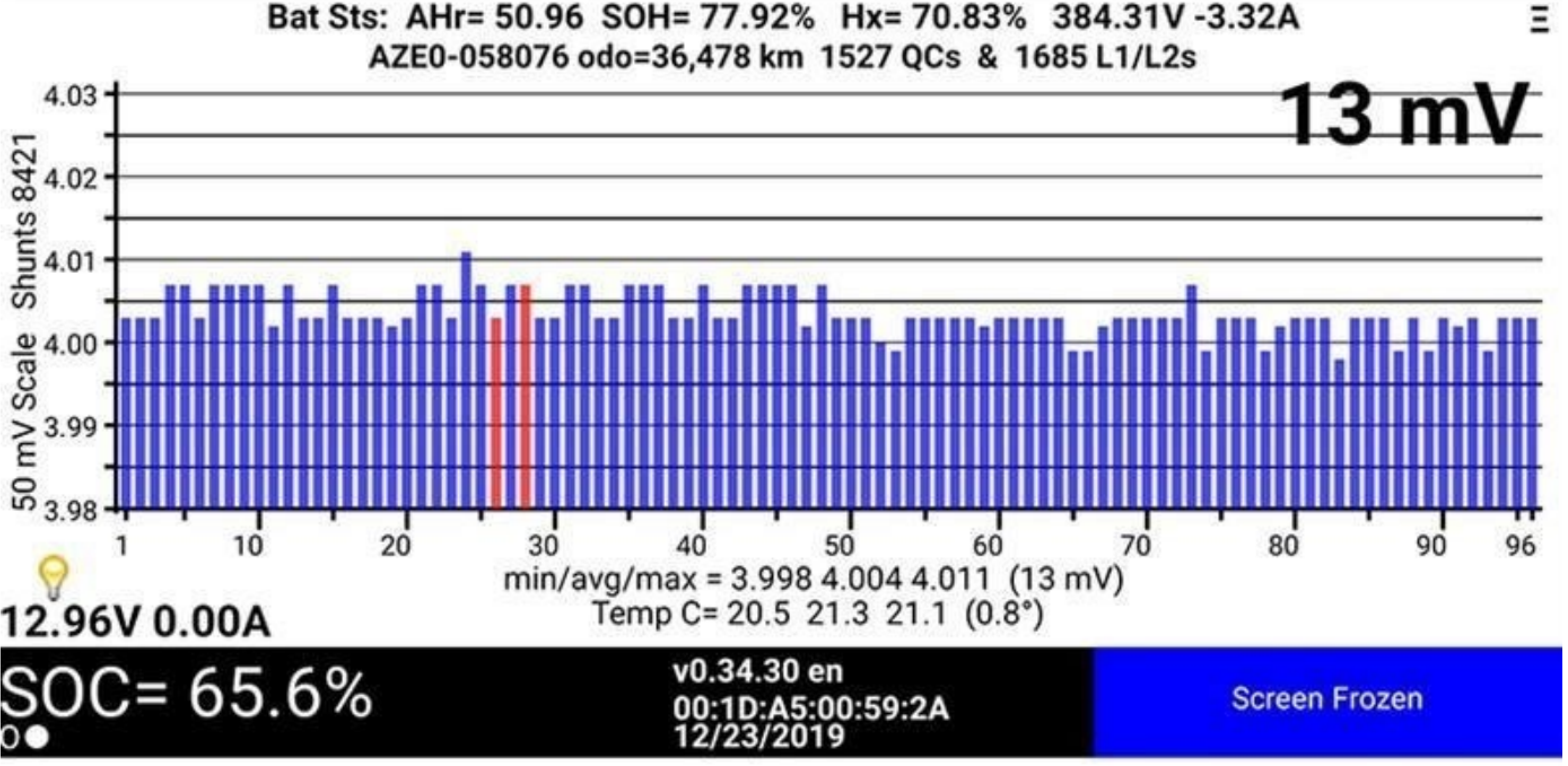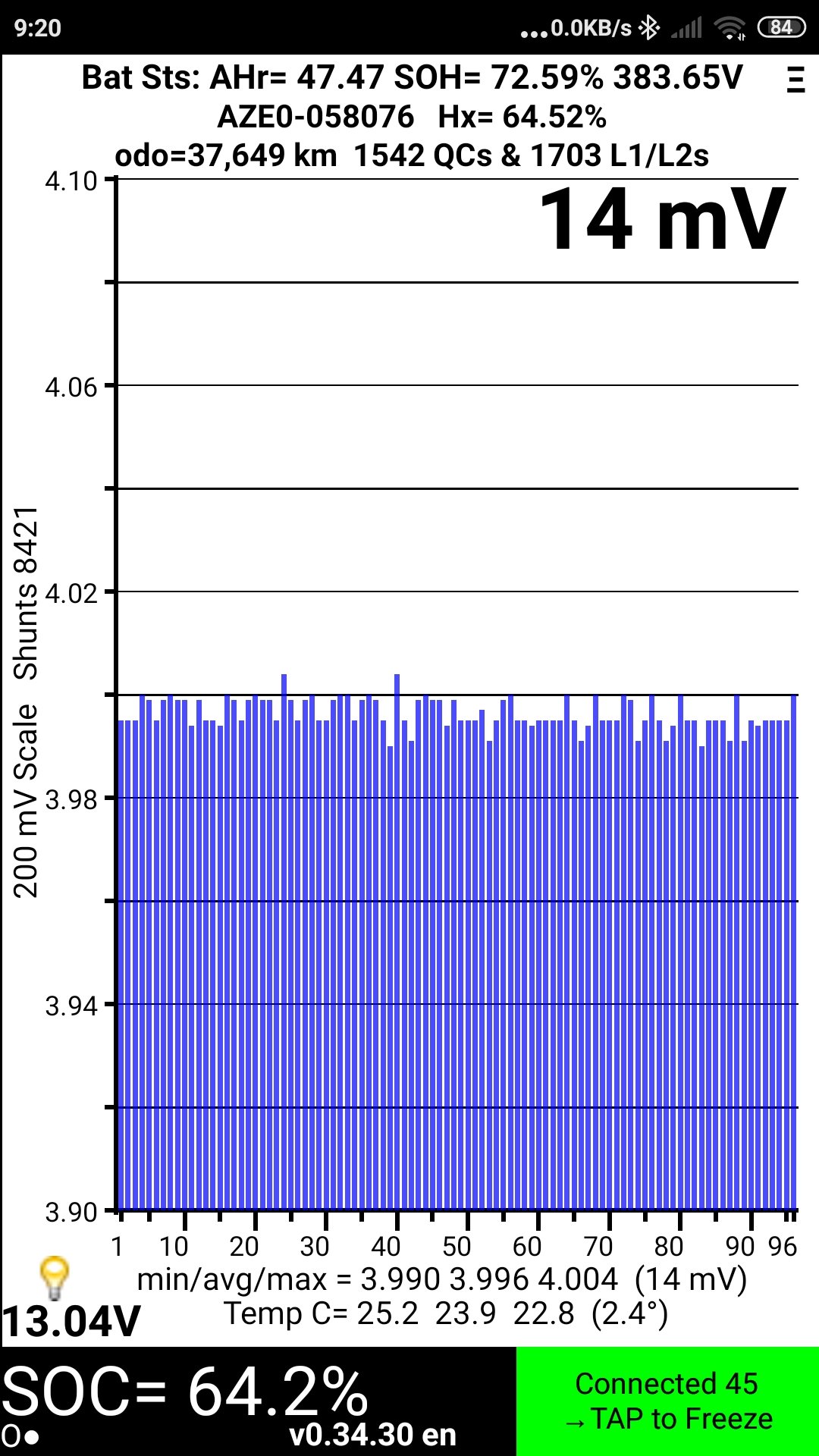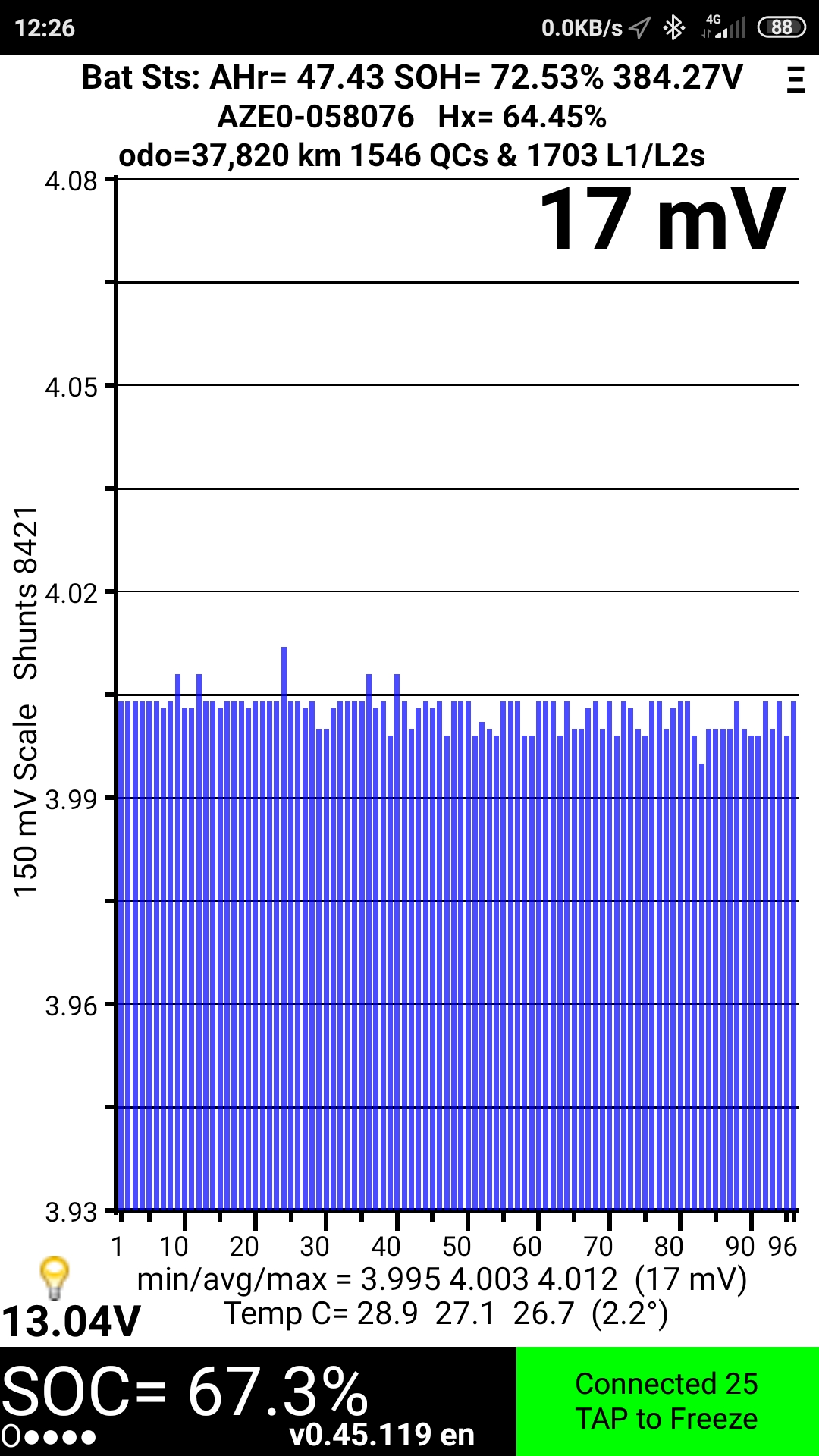Yeah we're +10% over as well. I think it's ridiculous, I have to guess how close to the speed limit I'm actually going etc etc.
Has anyone found a way to adjust it? I found the secret menu and adjusted -2.5% but it had no effect, and google translate tells me it's a distance-related setting.





